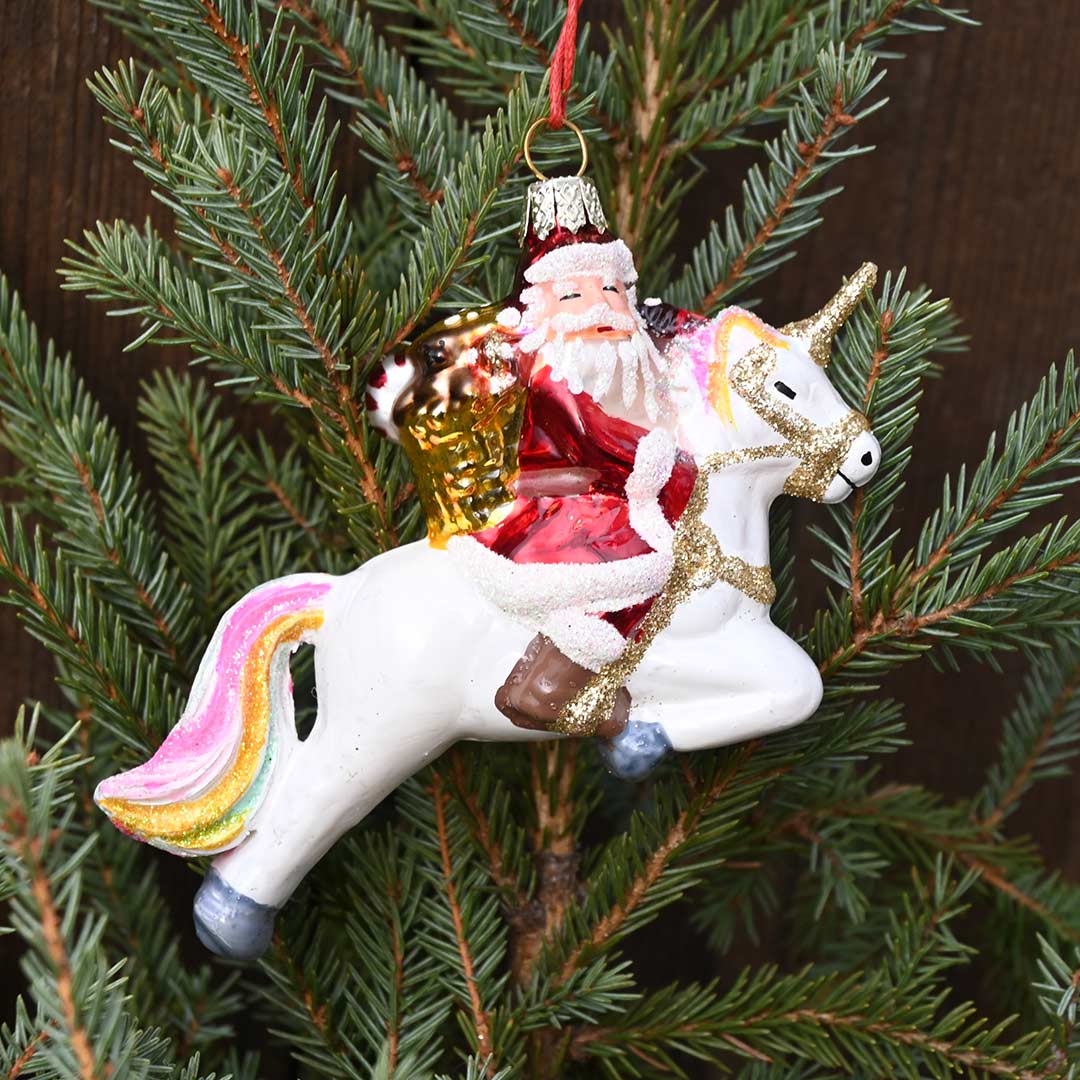I’ve always dreamed of having a “green thumb,” yet I have never dared to admit that the perpetrators of this lack of skill are my lack of effort, mere intimidation and slight hope that my grandmother’s emerald thumbs would pass on to me.
As a child, I was often tasked with holding the watering can or patting down the dirt with my tiny hands, but what I really found interesting was the worms. The beings that were found under the pots, soil and rocks that lined my grandparents’ garden.
And, as a 20-something college student, I am not my plant-loving roommates’ first choice as a designated “waterer” when she is out of town. In fact, I practiced saying “no” for the first time when it came to plant sitting because I was scared they would all faint on my watch. (Me, dramatic? No…)
And, when I think back to gardening, it nestles itself right into summer and often forgets to pay homage to the colder months, the months that make the unbearable Minnesota tundras, well … difficult. Gardening has a place in our homes, in the preparatory work we do in the colder months and even in our Pinterest boards. (Hey, the pros do it too!)
Gardening is Art!
How else better to gather gardening tips and reflections that are the “cream of the crop” than by seeking the co-founder of Tangletown Gardens, Scott Endres, who has owned the center for just over 23 years. Endres says Tangletown Gardens is a business that evolves with the ever-changing community around it, which has made his passions hone inwards even more deeply.
Endres sees the design and idealization process of creating a garden as a type of art form and says that the principles and elements of design students learn in art school can be applied to horticulture in similar ways.
“The one difference is that we’re working with something organic; it changes,” Endres says. “You can always have your mind set to what you think a plant combination is going to from research, but whether or not the plants can actually do that for you is a totally different thing.”
Plants are what Endres refers to as a “healthy addiction,” as one plant often leads to a second — and the rule of three takes over, because as Endres says, “things always look better in odd numbers.”
Since plants evolve with the seasons, so do the operations at Tangletown Gardens. They have a strong emphasis on pausing and reflecting as new seasons arise. Endres notes that they are always a “season ahead” when it comes to strategic planning, idea generation and taking protective measures.

Tending to Houseplants in the Wintertime
During the colder, snowy months, Endres says the most important thing is to simply enjoy the house plants inside, and to “give into it,” by adding to one’s repertoire.
“The reality is, we seem to have the most time to tend to our plants during the winter, but they actually require the least amount of inputs during this time,” Endres says.
With light levels being the lowest during this period, fewer hours of daylight and less intense light rays, even tropical plants slow down, using less water and nutrients, which Endres says can make them prone to overwatering, which increases the risk of being preyed on by mealybugs or spider mites.
During late fall and into early March, Endres says it’s important to abstain from fertilizing most houseplants, waiting until late March to start using a half-strength liquid fertilizer and until later May through August to use full strength.
If houseplants do become exposed to excessive bugs, Endres says that keeping a “defense lineup” of earth-friendly solutions like insecticidal soaps or oils, which contain natural insecticidal and fungicidal qualities, to stop future outbreaks.
Endres says that sometimes, a bad actor has to be eliminated to save the rest of the plant community. He emphasizes that sometimes people hang on to unhealthy plants for too long, even when they don’t serve them any longer.
“Recognize that, ‘Hey, you really were great to me for the first three years of your life,’ but now — the plant can still serve the world by taking a funeral procession with me to the compost pile to be incorporated back into the earth,” Endres says.

What to Know Before Picking the Perfect Christmas Tree
For the team at Tangletown Gardens, the freshness of the trees being supplied is a high priority. Trees are typically brought in right before Thanksgiving.
The trees are stored in shaded areas and covered to ensure freshness is retained, and for quality reasons, only a few trees are housed on the retail lot at a time, according to Endres.
When it comes to deciding on the type of tree to select, Endres says that, typically, firs are the best option because they tend to last longer, with strong and stiff branches and good needle retention.
“When you’re looking for a tree, give it a spin,” Endres says. “You know, actually, it’s a fun activity to do with a partner or a friend and just one person, hold up the tree and just give it a spin!”
By spinning the tree upon purchase, customers can see potential flaws that are not always obvious when the tree is stationary, such as symmetry problems, dead spots or a lack of freshness.
When buyers choose a tree, ensuring that the tree gets a proper cut is vital, making sure to remove at least an inch off the base of the tree before it is put into fresh water, Endres says.
Endres also emphasizes obtaining a tree stand that holds plenty of water, recommending the German brand Krinner, which has a water gauge and can be put up with one person present. Prices range from $80 to $139 for a larger trunk diameter.
How to Protect Plants in the Winter
When it comes to taking care of outdoor plants during the winter, Endres says Mother Nature is the best guide, with the snow acting as an insulating blanket for the soil to help avoid large temperature fluctuations.
If this year’s winter has temperatures that fluctuate drastically, the vascular systems within the plants, which transport water, nutrients and sugars throughout the plant, could be destroyed.
Ensuring that plants are properly watered before winter commences is vital, especially with some parts of Minnesota warming significantly, Endres says. Some areas of the state have been reclassified by an entire zone by the USDA Plant Hardiness Zone Map since 2010, which is used by growers and gardeners alike to determine which plants are most likely to thrive at a certain location.
“The big thing is to get started,” Endres says. “Don’t be afraid of plants there. They might be from a different kingdom that you aren’t a member of, but that’s what makes them so special and unique and interesting to discover.”


Comments are closed.